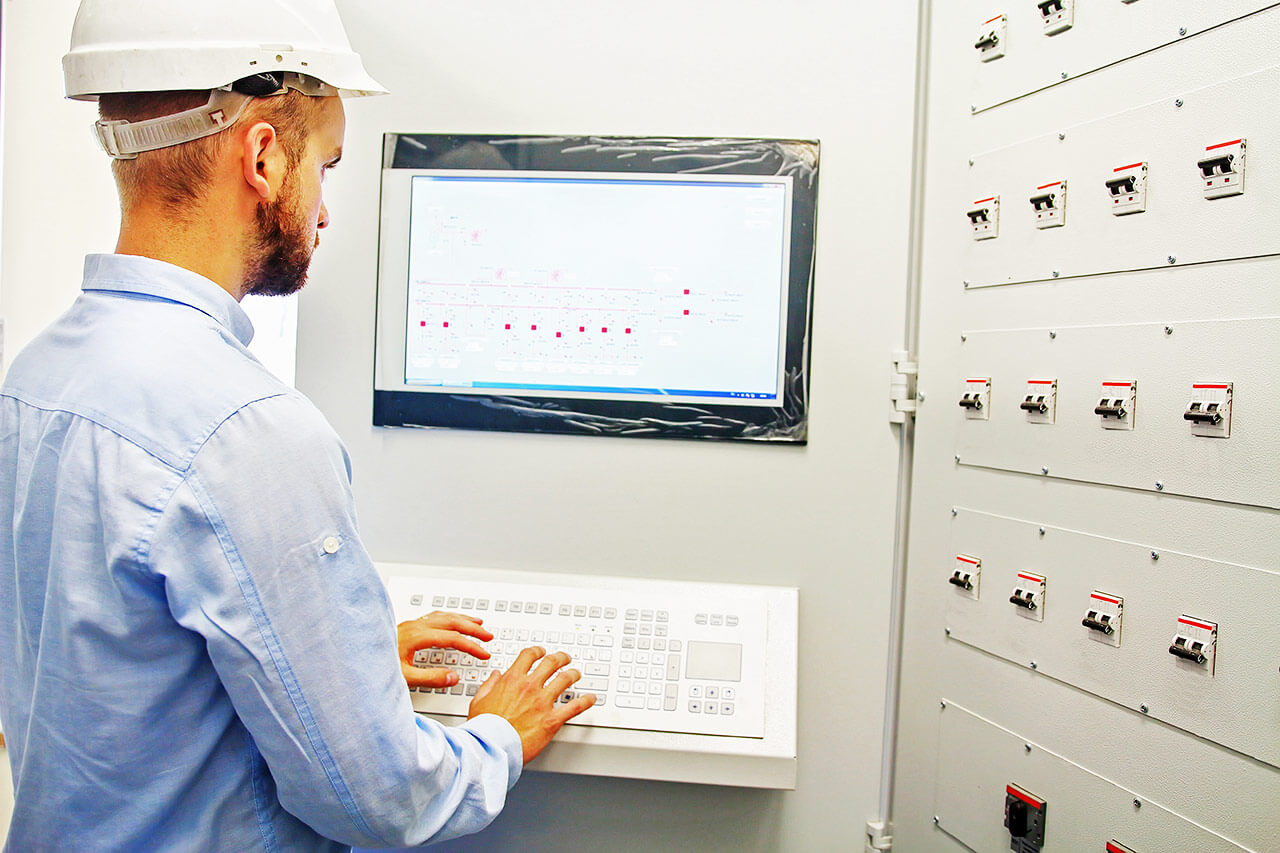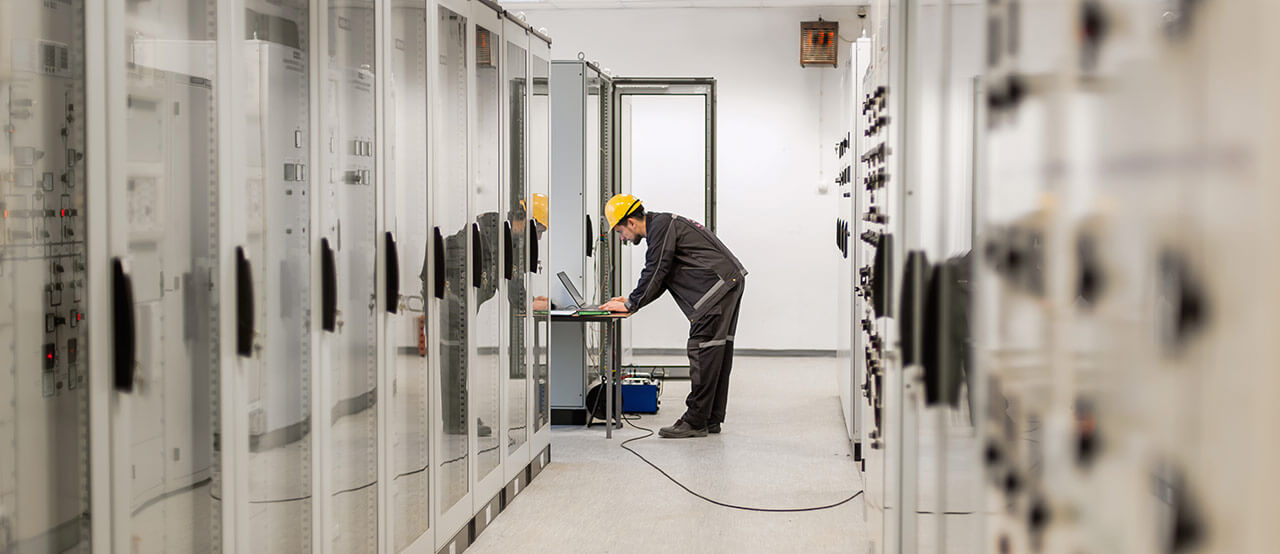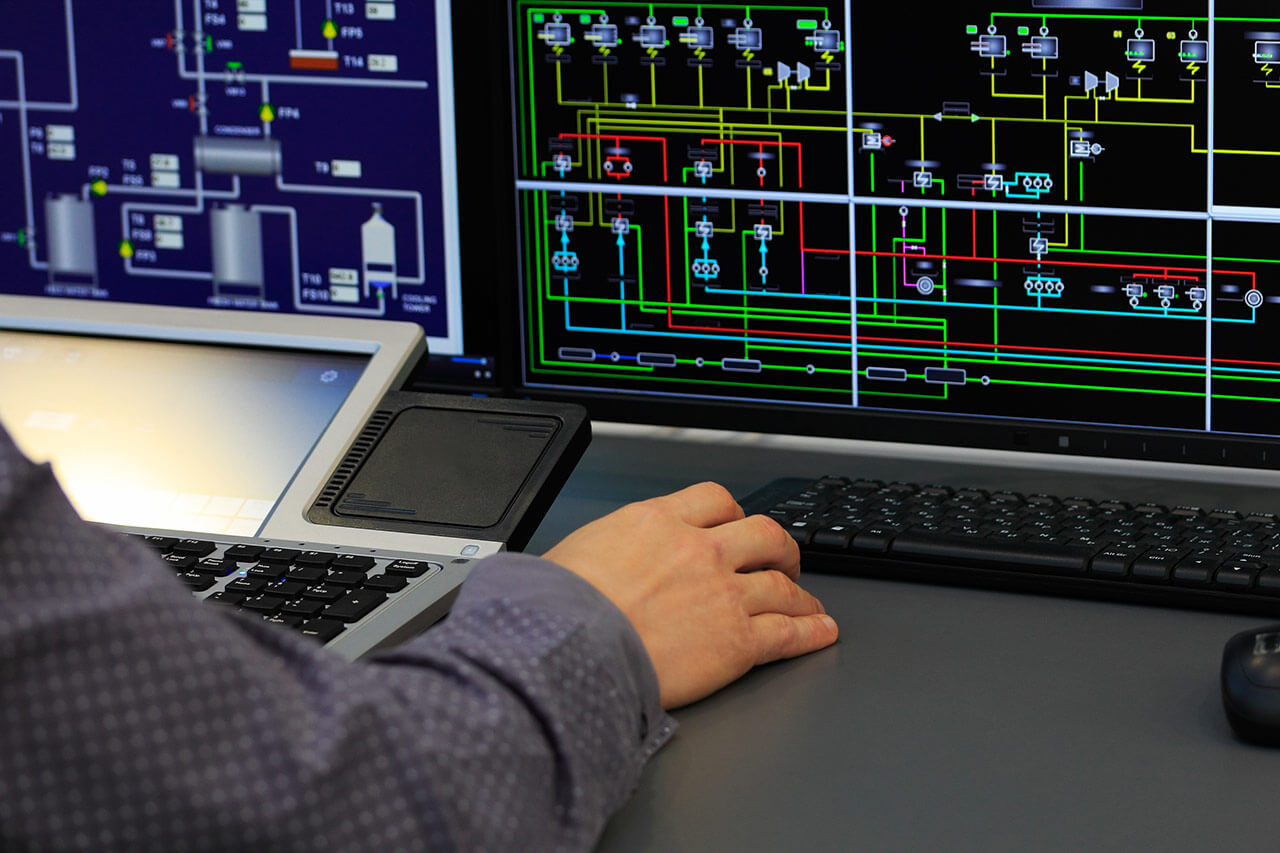The implementation of technology and the digital transformation of the hospital sector is a priority issue for the management of any hospital or healthcare center. The optimization of tasks related to the health field, not only makes hospital management much more efficient, but also facilitates the work of employees at the same time that it contributes to guaranteeing patient safety. To achieve this automated and hospital management, the SCADA system is used in hospitals.
What is the SCADA system?
Never have five letters defined the future of hospital management so well. SCADA stands for Supervisory Control And Data Acquisition, which already gives us certain clues of its usefulness.
The SCADA system is a concept used to develop software for computers that allows remote industrial processes to be managed from the computer screen. In addition, it also collects useful data so that the user has information about the production process. In short, it is a system that allows you to monitor automatic processes.
The SCADA system is used in hospitals, but also in all kinds of companies and sectors: energy companies, pharmaceutical companies, food factories, etc.

Supervision: main characteristic of the SCADA system
What sets SCADA apart from any other control system is the ability to carry out supervised control. A control that, in the words of Esteban López-Pérez, author of the study Los sistemas SCADA en la automatización industrial (SCADA systems in industrial automation): “allows the operator to supervise the control of the plant and not only monitor the variables that are acting on the plant at a given moment; this means that it can act and modify the control variables in real time, something that few systems allow with the intuitive ease that SCADA systems offer”.
SCADA system applications
As experts in hospital engineering, at ETKHO we focus this article on the application of the SCADA system in hospitals. However, it is important to note that it is a tool that can be implemented by all types of organizations in order to:
- Carry out a process control locally or remotely.
- Interact with machines.
- View, record, collect, monitor and process information.
All these applications cause greater visibility of the institution’s processes. In turn, this facilitates a better understanding of the operation of machinery in real time as well as the detection of trends and opportunities for long-term improvement.
Levels of automation through SCADA
The application of this system can be as personalized as the company itself wishes. Thus, we can speak of different levels or phases.
At a more basic level of automation, sensors and measurement devices are simply used to collect data and configure it. At a more advanced level, it is possible to monitor previously predefined values, the entry of new values or control interventions, etc.

SCADA system benefits
By monitoring processes and collecting data from those processes, the SCADA system offers a number of benefits for companies.
Making changes and adjustments
Operators, thanks to the controls enabled for the SCADA system, can adjust the operation of the machinery, making changes both in person and remotely. In addition, these changes can be carried out on specific machines, individual processes or in global facilities.
Simpler hospital engineering
Software such as SCADA facilitates hospital engineering management. This system offers a whole series of tools for expert engineers in the health and hospital field. With these tools they can create specific projects for the automation of processes in hospitals, as well as establish parameters.
More advanced data management
With a SCADA system, the access, analysis, collection and management of data on the processes is easier since it allows, for example, to record the data automatically and choose a central location for its storage. In addition, this software also allows information to be transferred to other systems.
More efficiency, usability and visibility
This Supervisor Control and Data Acquisition system facilitates the optimization of processes thanks to its optimization and the use of intuitive tools. In this way, we achieve a long-term analysis that allows us to detect opportunities to achieve greater efficiency in operations both in the long term and in making changes in real time.
Along the same lines, we must also highlight the possibility of controlling equipment easily, safely and quickly. In other words, the operators do not have to control the machines manually and one by one, but remotely.
On the other hand, one of the main advantages is an improvement in the visibility of operations, being able to obtain data in real time. On the other hand, the SCADA system also allows the generation of reports for data analysis.
Reduced downtime and early problem detection
Thanks to the constant and controlled supervision of the processes, this software also allows to detect in time the possible failures that may occur. Consequently, it also enables instant alerts, thus reducing machine downtime.
With this predictive analysis capability, SCADA can alert us to potential problems before the machines themselves fail. In sum, these characteristics improve the efficiency of the equipment and reduce the economic and time costs in the maintenance and troubleshooting of the machinery.
Easy integration and unification
El uso de un sistema SCADA requiere la conexión de los entornos de las máquinas para facilitar la comunicación con el software. Así, en la mayoría de sistemas SCADA los protocolos de comunicación facilitan una integración sencilla con la maquinaria e infraestructura existente.
En la misma línea, se suele utilizar una única plataforma que unifica todos los equipos y procesos, facilitando la labor operativa y ofreciendo una visión holística y global de las operaciones tanto en tiempo real como de forma local o a distancia.
En conclusión, un sistema SCADA ofrece toda una serie de ventajas y beneficios que logran que las organizaciones ahorran en tiempo y dinero logrando una mayor eficiencia de las operaciones.

The SCADA system in hospitals
Some people think that a hospital is like any other building. But it is not true. Both hospitals and health centers need a series of particular requirements and measures that other buildings do not usually have. In addition to the fact that both patients and medical and administrative personnel need to be protected by an automation system.
A SCADA system in hospitals, together with hospital engineering solutions, will make it easier for the hospital to continue operating in adverse situations or in the event of, for example, a power outage.
One of the aspects to take into account for the implementation of a SCADA system in hospitals is that the machinery of the center is compatible with this software. That is, it is necessary to establish communication portals between the hospital machines and the software so that the flow of data and information is effective.
In this context, it should be noted that ETKHO solutions for critical areas of hospitals not only facilitate patient safety, but are also compatible with the SCADA system. This is the case, for example, of IT power supply systems or the insulation monitor.
On the other hand, as specialists in hospital engineering, we have a team of operators, experts and engineers who can advise you on the best electrical safety solutions with the SCADA system for hospitals.



